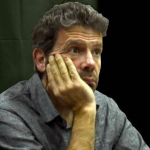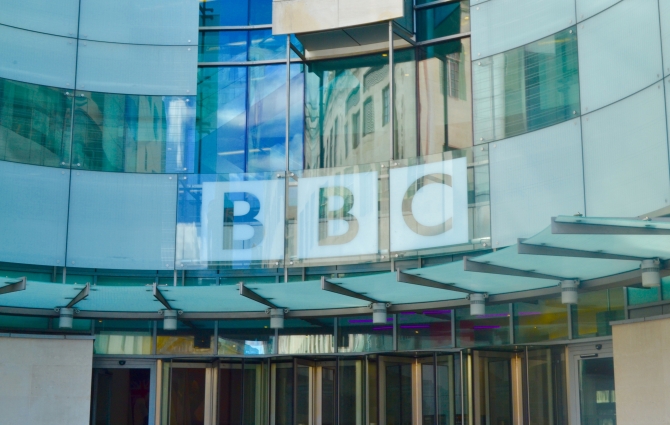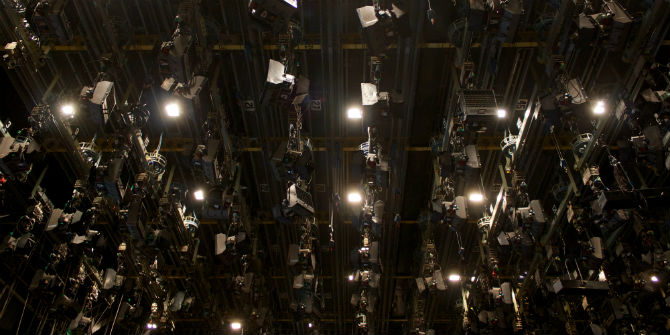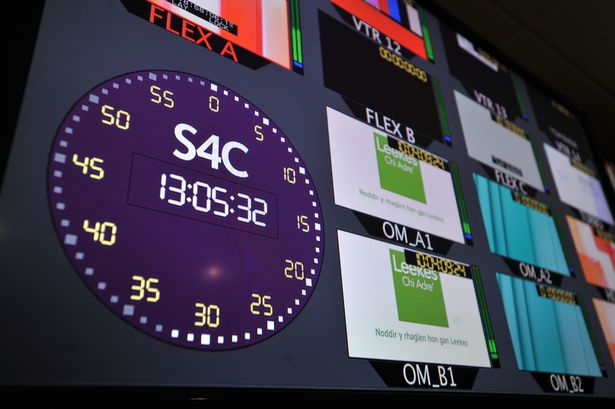
 The media policy landscape in Argentina is fast-changing. Here, Martín Becerra and Guillermo Mastrini, researchers at the Argentine National Scientific and Technical Research Council (CONICET) and professors at Universidad Nacional de Quilmes and UBA, assess developments implemented by recent presidents.
The media policy landscape in Argentina is fast-changing. Here, Martín Becerra and Guillermo Mastrini, researchers at the Argentine National Scientific and Technical Research Council (CONICET) and professors at Universidad Nacional de Quilmes and UBA, assess developments implemented by recent presidents.
Discussion about the media in Argentina tends to blur the explosive impact of the traditional media sector’s global economic crisis with particularities of the national media culture and the evaluation of the changing policies and rules of play laid down by the last governments, led by Cristina Fernández de Kirchner (2007-2011 and 2011-2015) and Mauricio Macri (2015-2019). Argentina’s media policies have tended to be seen as an example for the Latin American region, both when Fernández de Kirchner boosted reforms and when Macri undid them, by opening up the possibility of large players providing the whole set of converged services (pay tv, mobile, fixed connectivity and telephony, open tv and radio), which is not yet allowed in other countries such as Mexico or Brazil.
The global crisis in traditional media, as a result of the emergence of digital platforms in content distribution, is usually present in the debate. However, less is said about the local ingredients that combine the structure of the media sector – which is very dependent on the rules of the game set by the State – with public communication policies.
Macri’s government actively intervened in the area of communication policies, with numerous decrees that eliminated the restrictions on concentration set forward in the audiovisual law, also known as “Media Law”, passed by Congress in 2009. Macri abandoned the discourse of the democratization of the media put forward by Kirchnerism and replaced it with the need to attract investment. His administration included amending legislation by means of executive orders and resulted in high media concentration in the hands of major players, the closure of media and increasing job insecurity. The consequences are summarized by the Media Ownership Monitor (a Project coordinated by Reporters Without Borders and Tiempo Argentino, a cooperative journal):
- Grupo Clarín merged with Telecom to create one of the three largest business groups in Argentina and the most powerful in the history of local communications;
- Over 3500 media workers were laid off or accepted voluntary retirement in Buenos Aires alone, according to the Buenos Aires Press Trade Union (SIPREBA);
- State-owned media lost over half of the audience they had in 2015 and have laid off a record number of employees.
Over time, Macri’s communications policies included the promotion of convergence as a guiding concept of greater competition. However, the official help of Grupo Clarín’s expansive needs, as this main media group decided to grow by acquiring one of the biggest telecommunications companies in the country, went against the speech of fostering competition. In fact, competition was seriously damaged by the Cablevisión-Telecom merger (the largest in Latin American communications history), as was shown by the cries of its competitor Telefónica (Movistar). Macri also failed to design a truly “convergent” regulatory framework and independent regulator for the sector.
The main changes decreed during the years of Macri’s presidency were: the creation of a new authority of communications (ENaCom), which depends on the President; a 15 year extension of broadcasting licenses; the authorization to transfer licenses without prior state agreement; the exclusion of cable TV service providers from compliance with audiovisual regulations; and the official move to merge the main cable operator of the largest multimedia group (Cablevisión, Grupo Clarín) with one of the two biggest telecommunications companies (Telecom). These measures arise mainly from the Decree of Necessity and Urgency (DNU) 267/15 and Decree 1340/16.
Hence Macri’s government signalled a change in direction from the public policies that his predecessor, Fernández de Kirchner, had developed during her two presidencies. While during Fernández de Kirchner’s time in power policies followed established norms and appealed to the protection of public interest (even when her administrations did not actually achieve their goals), during Macri’s administration, regulatory bodies were put at the service of the interests of the largest industrial players in the sector, without prior integral planning of the direction to be adopted.
The official endorsement of the merger between Telecom and Cablevisión, led by the shareholders of Grupo Clarín, was made possible by very convenient reports for Grupo Clarín produced by ENaCom and the National Commission for the Defense of Competition, a body that is also politically and administratively dependent on the President. The merger is the largest concentration in the history of communications in Latin America and consolidates the construction of a large national group as a result of policies in the sector after four years of government. For a President who wanted to enter the OECD, this is not a good example of public policy. Macri’s favoritism towards Clarín does not foster competition and protects an actor with monopolistic characteristics. When the Clarín Group and Fintech sealed the merger, the combined services of Cablevisión and Telecom accounted for 42% of fixed telephony nationally, 34% of mobile telephony, 56% of fixed broadband Internet connections, 35% of mobile connectivity and 40% of pay TV.
There were other important developments in the sector, such as the sales of the Telefé network (the most important open TV network) by Telefónica to Viacom in 2016 and Supercanal, the cable operator that leads the middle market segment. The bleak picture is enhanced by the crisis and under-funding of state media (mainly the information segment of Channel 7, and the thematic channels Encuentro, PakaPaka, DeporTV, and Télam, the state news agency) and the closure and ownership changes in numerous private media outlets.
Paradoxically, after almost four years of an agenda classified as pro-market and with a good deal of new regulation in communications designed to promote competition, the media market is going through a crisis that, although impacted by external and internal factors, has been exacerbated by government action and its economic program.
It is important to note that Argentina’s media policies are often used as a model for other Latin American sector reforms, so the lessons from this case – especially given the permission for the sector’s bigger players to provide converged services – might have an impact on the rest of the region.
This article represents the views of the authors, and not the position of the LSE Media Policy Project, nor of the London School of Economics and Political Science.





